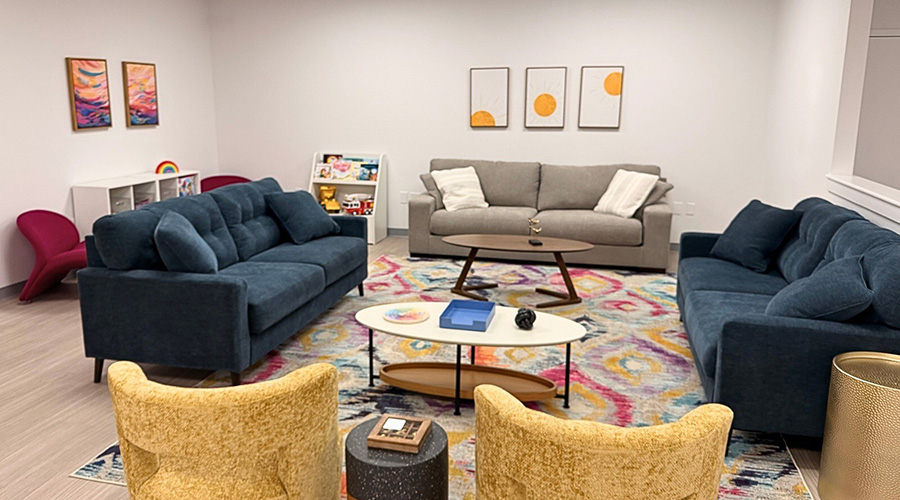A new generation of senior citizens is on the horizon. This generation is largely comprised of the “Baby Boomers,” a set of individuals born in the post-World War II era and subsequent population boom from 1946 to 1964. In fact, most Baby Boomers will be age 65 and up come 2030. As such, senior living communities are preparing themselves to meet this next generation’s wants and needs.
However, these wants and needs will be different from previous generations.
“You know the senior living market is changing and our approach to planning and design are constantly evolving,” says Natalie Ruiz, associate principal at CRTKL. “We know that today's seniors are more active. They're living longer, and they're choosing a better quality of life.”
An active lifestyle requires the correct amenities and opportunities. In addition, being active is not just limited to physical activity. Seniors may also wish to connect with each other and form an active social lifestyle. These are some concepts designers and planners are trying to incorporate into retirement homes. It is all in part of an effort to change the general perception of retirement homes.
“I think we're all in the same boat who have parents who don’t want to be put in a home and feel like they’re basically going to be tucked away” says Daun St. Amand, global residential market lead at CRTKL. “It's almost like being incarcerated because they're worried about losing touch with family and friends. However, it's also about their lifestyles going forward and I believe they are going to be very adamant about it.”
One way of combatting these perceptions is through integrating a sense of community into retirement homes.
“I think one thing we always go back to is designing to encourage socialization. Again, we talk about Baby Boomers and we know they’re no longer looking for any kind of isolated living situation where they may be in the country or surrounded by a lot of land,” Ruiz says.
Instead, the Baby Boomer seniors are looking to more urban areas for potential retirement. According to Ruiz, this is because “they want to partake and be where the action is. This Includes socializing with their neighbors, with friends old and new, and being able to invite their family.”
“A lot of our communities are highly equipped with amenities and really geared towards providing those opportunities for interaction between residents. Then there’s also providing places to host friends and family,” Ruiz adds.
Some of these amenities Ruiz mentions include:
- Dining venues
- Yoga studios
- Arts and crafts rooms
- Salons
- Community gardens
- Fitness centers that are also open to the public
- Bocci ball courts
“So, while these are for the residents themselves, the greater community is also invited again for those chance encounters,” Ruiz says. “I think it's having a feeling of a neighborhood as opposed to an isolated community that's very much internalized.”
A sense of community and being able to maintain their lifestyles are the key issues. Ultimately, the overall goal is to combine all these aspects into a comprehensive experience for senior citizens.
Jeff Wardon, Jr. is the assistant editor for the facilities market.

 Why Identity Governance Is Becoming a Facilities Management Issue
Why Identity Governance Is Becoming a Facilities Management Issue Habitat Health Opens South Los Angeles PACE Center
Habitat Health Opens South Los Angeles PACE Center Denton County MHMR Center Suffers a Data Breach
Denton County MHMR Center Suffers a Data Breach What Every EVS Leader Needs To Know
What Every EVS Leader Needs To Know Blackbird Health Opens New Clinic in New Jersey
Blackbird Health Opens New Clinic in New Jersey